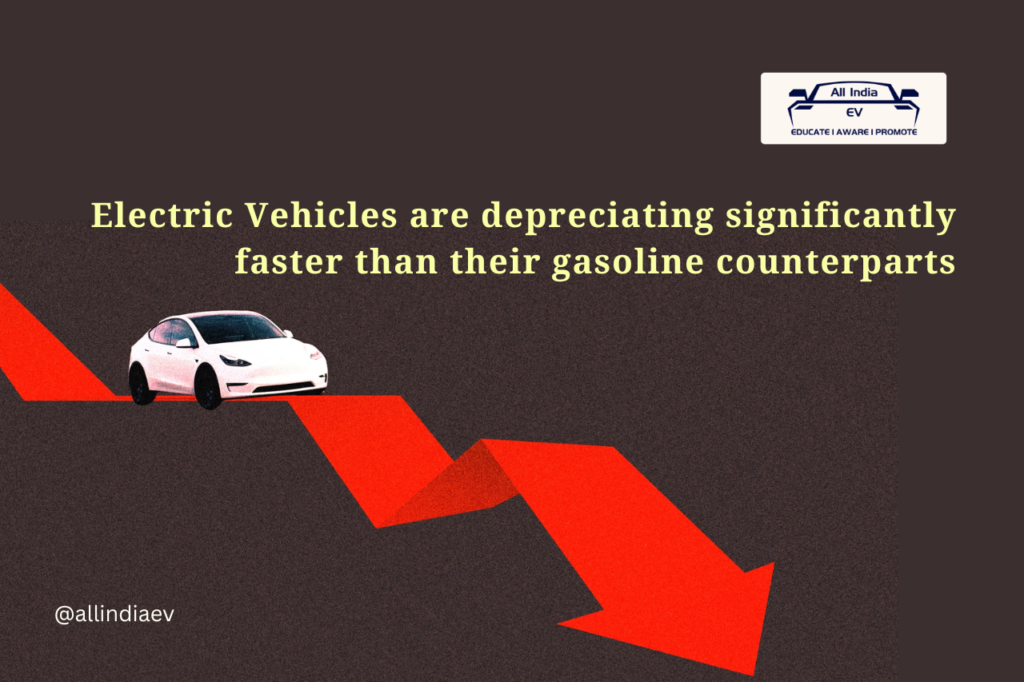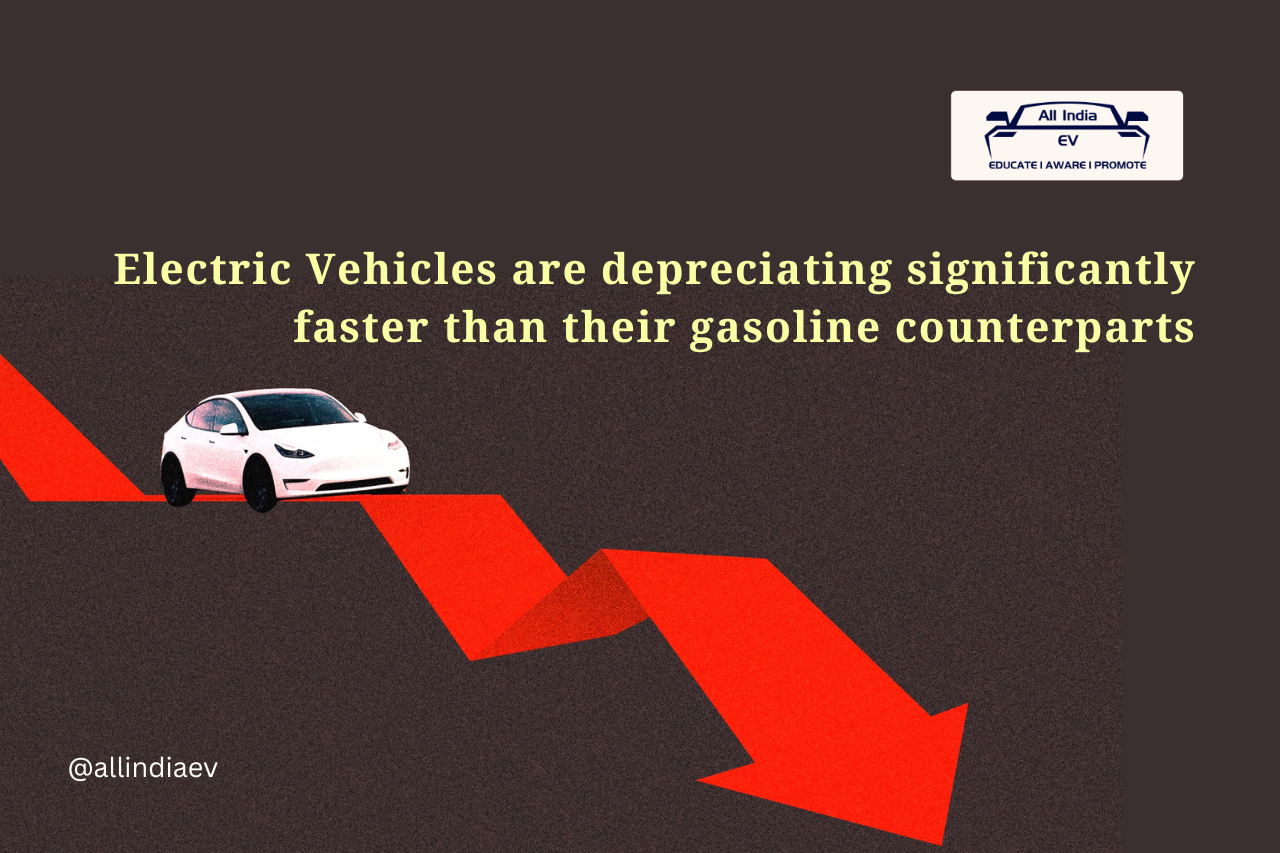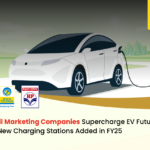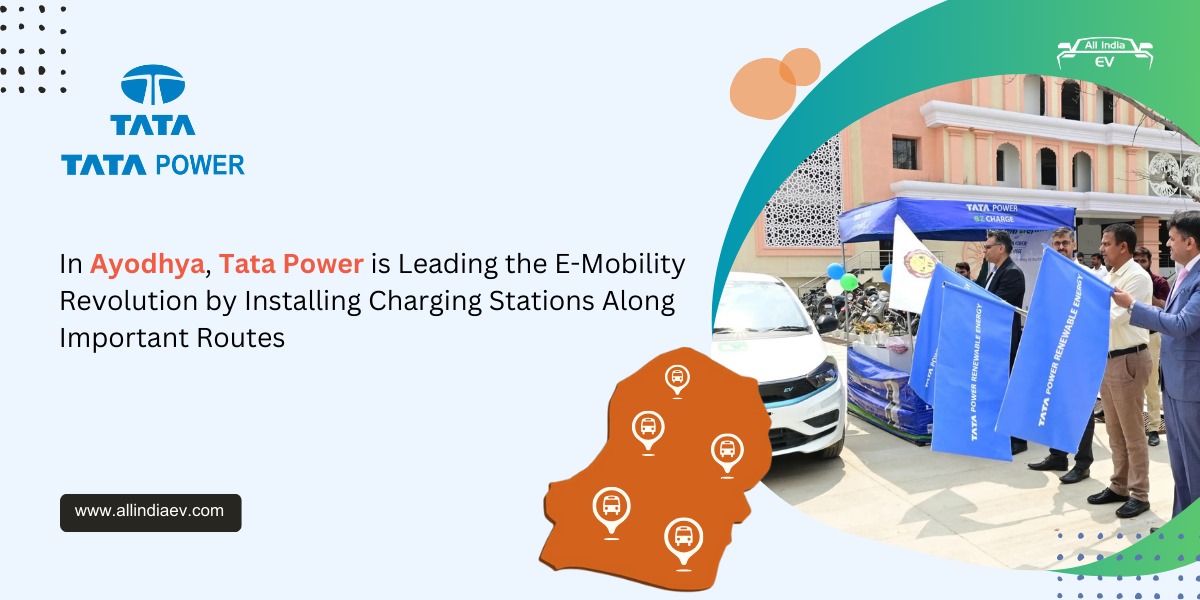
Plummeting EV Resale Values Threaten to Derail Global Transition to Electric Transportation and Undermine Consumer Confidence
- Tesla’s Value Plunge Mirrors Global Trend
- Data Shows Steep Decline in Used EV Market
- Hertz’s $2.9 Billion EV Write-Off
- Tesla Still the ‘Best Case’
- Regional Gaps Widening: Demand Matters
- India’s Fleets Face a Unique Challenge
- Battery-as-a-Service: A Way Out
- Fleet Electrification vs. Economic Reality
- Resale Confidence Slowly Recovering
- A Market Correction on the Horizon
- The Road Ahead
The global electric vehicle (EV) market — once hailed as the future of sustainable mobility — is now facing a severe depreciation crisis, with resale values plummeting far faster than their gasoline counterparts. The trend is reshaping the economics of EV ownership, threatening both private consumers and fleet operators who had bet big on clean mobility.
The problem became impossible to ignore after BluSmart, India’s pioneering all-electric ride-hailing company, collapsed in April 2025 amid financial fraud allegations. The Delhi-based startup’s massive EV fleet, once valued at over $12,000 per car, flooded the secondhand market for as little as $3,000. The fallout not only exposed weaknesses in the Indian EV ecosystem but also mirrored a global pattern of rapidly declining resale values.
Tesla’s Value Plunge Mirrors Global Trend
Across major EV markets, electric cars are depreciating much faster than internal combustion engine (ICE) vehicles. In the U.S., a Tesla Model Y (2023) has lost 42% of its original value in just two years. In contrast, a Ford F-150 of the same age saw only a 20% depreciation. Older EVs are performing even worse, with their market worth dropping faster than newer counterparts.
Experts say this sharp decline is tied to uncertainty around battery life — the single most expensive component in an EV. “For gas cars, value is linked to decades of predictable wear patterns,” said Andrew Garberson, Head of Research at Recurrent, a Seattle-based EV analytics firm. “But EVs have fewer moving parts, and almost all their value is concentrated in one asset — the battery.”
Data Shows Steep Decline in Used EV Market
A U.K. study found that three-year-old EVs lose more than 50% of their value, compared to 39% for petrol or diesel cars. Similarly, research by Boucar Diouf, an EV expert at Kyung Hee University, South Korea, revealed that EVs in the U.S. can lose up to 60% of value within five years, far higher than traditional vehicles.
This rapid depreciation has particularly shaken fleet-based businesses such as ride-hailing, logistics, and rentals — sectors that had committed to full electrification in alignment with sustainability goals.
Hertz’s $2.9 Billion EV Write-Off
One of the most striking examples comes from Hertz, the Florida-based car rental giant, which reported a $2.9 billion loss in 2024, largely due to falling EV resale prices. After purchasing 100,000 Teslas in 2021, Hertz found itself losing over $530 per vehicle per month by the end of 2024.
The high insurance costs, long repair times, and steep depreciation forced the company to offload 30,000 EVs at heavily discounted rates. Teslas originally bought for over $40,000 were listed for resale at under $20,000. As of October 2025, Hertz’s website featured a Model Y at $27,000, while the new version retailed for around $40,000 after Tesla’s latest price cut.
“Fleets feel the residual risk the most,” said Jack Carlson, CEO of Carvai.ai, an AI-powered vehicle research platform. “Retail buyers worry about charging and battery health. Fleets worry about the exit price — the resale value that determines long-term profitability.”
Tesla Still the ‘Best Case’
Ironically, Tesla still performs better than many other brands when it comes to retaining value. According to Mariusz Sawula, CEO of Poland-based autoDNA, Tesla’s brand recognition and proven track record give it an advantage over newer entrants such as BYD, Nio, and XPeng, which face weaker demand in the used market.
“Premium brands always retain more value,” Sawula explained. “But for new Chinese brands like Omoda or Chery, there’s no resale history. Buyers simply don’t know what a five-year-old model will be worth.”
Regional Gaps Widening: Demand Matters
Depreciation rates also vary sharply by region. Justin Fischer from CarEdge, a vehicle trading company, noted that markets more open to EVs — such as China, Norway, and Costa Rica — show stronger resale prices due to higher local demand.
In contrast, North America’s vast geography and limited charging network make used EVs less appealing. “EVs are great for short urban trips, but they’re not ideal for long-distance driving or extreme climates,” said Karl Brauer, a veteran automotive reviewer. “Even long-range EVs take more time to recharge than it takes to refuel a petrol car.”
In Europe, where cities are denser and commutes shorter, the secondhand EV market is relatively stable. Consumer confidence, boosted by government incentives and fast-charging networks, also helps sustain resale value.
India’s Fleets Face a Unique Challenge
In India, the depreciation crisis has exposed deep structural risks in fleet operations. When BluSmart’s cars entered the resale market in Delhi and Bengaluru, even rival EV fleet operators like Evara Cabs and Uber’s partners refused to buy them, citing battery degradation and unclear warranty coverage.
As Anirudh Damani, Managing Director at Artha Venture Fund (an investor in Uber-partnered Everest Fleet), explained:
“For individuals, resale value is inconvenient. But for fleets, it’s an existential threat. Their vehicles are assets tied to financial models. If they can’t predict residual value, even profitable operations can collapse.”
Fleet EVs in India typically log three to four times the mileage of personal cars, accelerating battery wear and depreciation.
Battery-as-a-Service: A Way Out
Industry experts believe Battery-as-a-Service (BaaS) could be a lifeline for the sector. Under this model, operators lease batteries instead of owning them, stabilizing costs and mitigating depreciation risk. “This allows fleets to plan long-term without being at the mercy of battery failures,” Damani noted.
The concept is gaining traction globally, with similar models already operational in China and Europe, offering a predictable cost structure and reducing uncertainty about used EV valuation.
Fleet Electrification vs. Economic Reality
Despite the turmoil, global fleet electrification commitments remain firm. Ride-hailing leaders like Uber, Bolt, and Lyft have pledged full EV adoption within the next decade. But as vehicles lose value faster than loans can be repaid, these ambitions could be tested.
A 2025 McKinsey report revealed that only one in five Europeans and one in ten Americans are considering an EV purchase — reflecting growing hesitation over cost, depreciation, and charging access.
Resale Confidence Slowly Recovering
There are, however, early signs of stabilization. Data from Recurrent shows that modern EV batteries degrade only 1–2% per year, and less than 1% of EVs built after 2016 have needed replacements — compared to 13% of older models.
“Data transparency is helping consumers trust used EVs again,” said Garberson. “As confidence grows, resale prices will naturally rise.”
Manufacturers are also responding with certified pre-owned programs and battery health reports, giving buyers clearer insight into vehicle condition. The rapid technological turnover that once scared consumers has slowed, with companies now prioritizing durability over constant innovation.
A Market Correction on the Horizon
According to Johnny T. Beckett, Vice President of Sales at EVNet and Co-founder of the Electric Vehicle Association of Atlantic Canada, the EV market is entering a correction phase.
“2026 will be a year of readjustment — both supply and demand will stabilize, allowing used EV prices to recover from the current lows,” Beckett predicted.
The Road Ahead
The EV depreciation crisis underscores a simple truth — while the technology is clean and innovative, its economics are still evolving. As battery tech improves, secondary market data expands, and fleet models adapt, the perception of EV value will mature.
In the meantime, the industry faces a critical balancing act: maintaining the momentum of electrification while managing the financial volatility that rapid depreciation brings.
For India, where fleet electrification is central to the net-zero roadmap, the lesson from BluSmart’s downfall is clear — sustainable mobility must also be financially sustainable.
If the global EV sector can solve that equation, the secondhand market may soon stop being its weakest link — and become one of its strongest assets.










